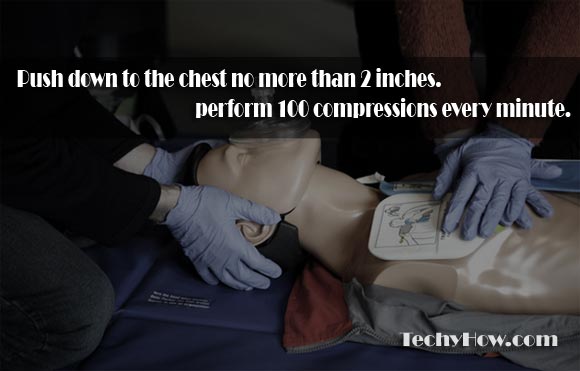Trained or untrained, everyone should try CPR to emergency patients suffering from heart attack or drowning. CPR or also known as Cardiopulmonary resuscitation is a very useful lifesaving technique that could possibly save lives. For untrained people, it is said they can perform CPR through chest compressions only. While trained personnel can do rescue breathing and chest compressions.
Before you begin, check if the person is conscious. If not, then call for help before doing CPR. Your knowledge and skills in performing this emergency technique can be very helpful. Here are some tips on how to perform CPR.
Restore the proper circulation of blood.
- Lie the person on a flat surface.
- Position near the person’s shoulders.
- The heel of one hand should be placed on the person’s chest. The other hand should be put above the other hand.
- Push down to the chest no more than 2 inches and perform 100 compressions every minute.
Clearing the Airway.
This maneuver is for trained personnel’s only.
- Do 30 compressions in the chest and open the airway afterwards. You can do so by tilting the head and chin.
- Check if the breathing is back to normal. Chest motion and breath sounds are signs that the breathing is back. You can now perform mouth-to-mouth breathing. Remember to always check if the breathing is back.
Breathing for the patient.
- After opening the airway, pinching the nostrils will be the next step. Put your mouth together with the patients’.
- First give two breaths for one second. Closely watch for chest movements. If not, repeat the process. Once cycle is composed of 30 compressions and 2 breaths.
- After 5 cycles and the person is still not showing any signs of progress, you can use external defibrillator but if there’s none, you can continue doing CPR until a medical personnel can take over your place.
You can watch video tutorial of CPR below
These information may help you and your family in case of life threatening emergency.
